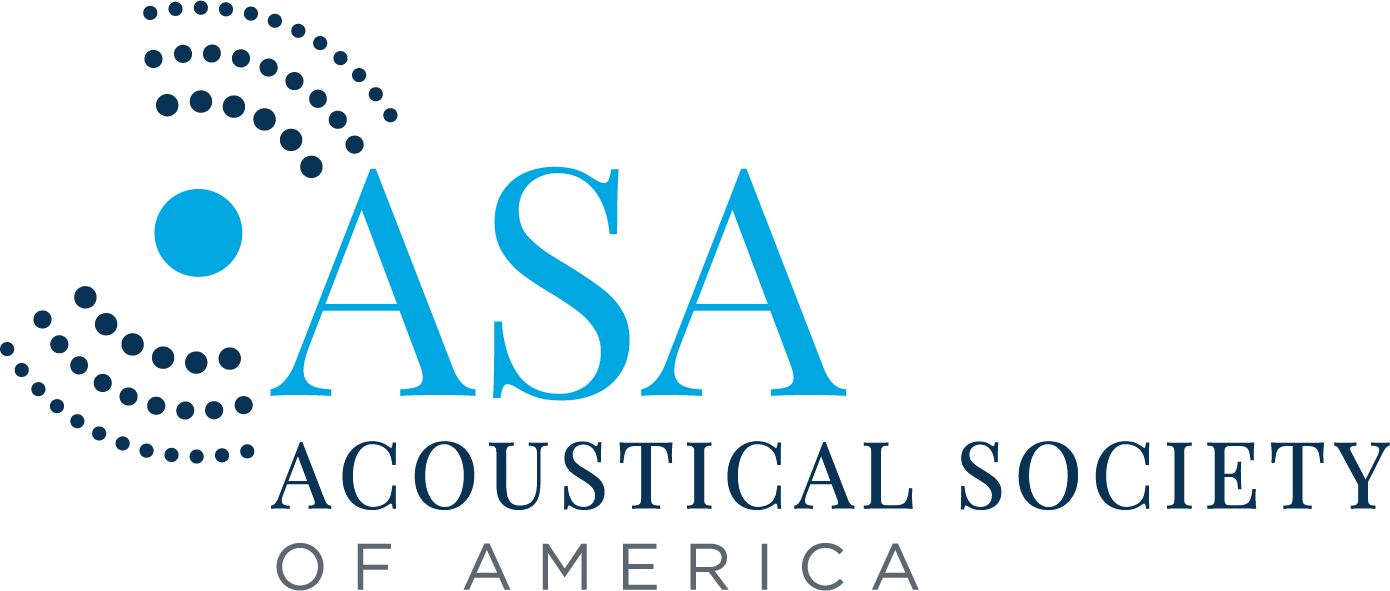1aABa1 – Ending the day with a song: patterns of calling behavior in a species of rockfish
Annebelle Kok – akok@ucsd.edu
Ella Kim – ebkim@ucsd.edu
Simone Baumann-Pickering – sbaumann@ucsd.edu
Scripps Institution of Oceanography – University of California San Diego
9500 Gilman Drive
La Jolla, CA 92093
Kelly Bishop – kellybishop@ucsb.edu
University of California Santa Barbara
Santa Barbara, CA 93106
Tetyana Margolina – tmargoli@nps.edu
John Joseph – jejoseph@nps.edu
Naval Postgraduate School
1 University Circle
Monterey, CA 93943
Lindsey Peavey Reeves – lindsey.peavey@noaa.gov
NOAA Office of National Marine Sanctuaries
1305 East-West Highway, 11th Floor
Silver Spring, MD 20910
Leila Hatch – leila.hatch@noaa.gov
NOAA Stellwagen Bank National Marine Santuary
175 Edward Foster Road
Scituate, MA 02474
Popular version of paper 1aABa1 Ending the day with a song: Patterns of calling behavior in a species of rockfish
Presented Tuesday morning, June 8, 2021
180th ASA Meeting, Acoustics in Focus
Fish can be seen as ‘birds’ of the sea. Like birds, they sing during the mating season to attract potential partners to and to repel rival singers. At the height of the mating season, fish singing can become so prominent that it is a dominant feature of the acoustic landscape, or soundscape, of the ocean. Even though this phenomenon is widespread in fish species, not much is known about fish calling behavior, a stark contrast to what we’ve learned about bird calling behavior. As part of SanctSound, a large collaboration of over 20 organizations investigating soundscapes of US National Marine Sanctuaries, we have investigated the calling behavior of bocaccio (Sebastes paucispinis), a species of rockfish residing along the west coast of North America. Bocaccio produce helicopter-like drumming sounds that increase in amplitude.
We deployed acoustic recorders at five sites across the Channel Islands National Marine Sanctuary for about a year to record bocaccio, and used an automated detection algorithm to extract their calls from the data. Next, we investigated how their calling behavior varied with time of day, moon phase and season. Bocaccio predominantly called at night, with peaks at sunset and sunrise. Shallow sites had a peak early in the night, while the peak at deeper sites was more towards the end of the night, suggesting that bocaccio might move up and down in the water column over the course of the night. Bocaccio avoided calling during full moon, preferentially producing their calls when there was little lunar illumination. Nevertheless, bocaccio were never truly quiet: they called throughout the year, with peaks in winter and early spring.
The southern population of bocaccio on the US west coast was considered overfished by commercial and recreational fisheries prior to 2017, and has been rebuilt to be a sustainably fished stock today. One of the keys to this sustainability is reproductive success: bocaccio are very long-lived fish that don’t reproduce until they are 4-7 years old, and they can live to be 50 years old. They are known to spawn in the Channel Islands National Marine Sanctuary region from October to July, peaking in January, and studying their calling patterns can help us ensure that we keep this population and its habitat viable well into the future. Characterizing their acoustic ecology can tell us more about where in the sanctuary they reside and spawn, and understanding their reproductive calling behavior can help tell us which time of the year they are most vulnerable to noise pollution. More importantly, these results give us more insight into the wondrous marine soundscape and let us imagine what life must be like for marine creatures that contribute to and rely on it.







